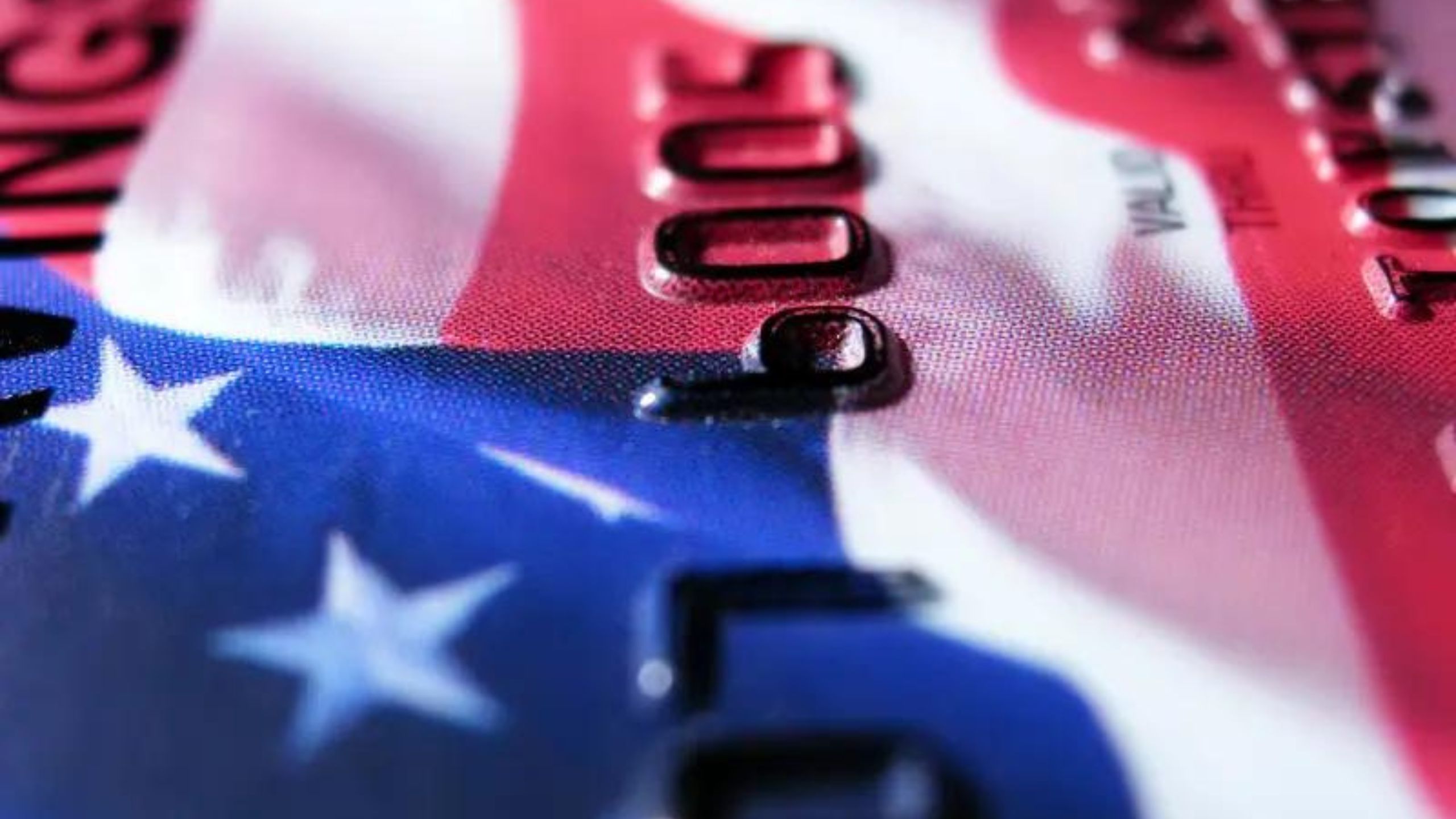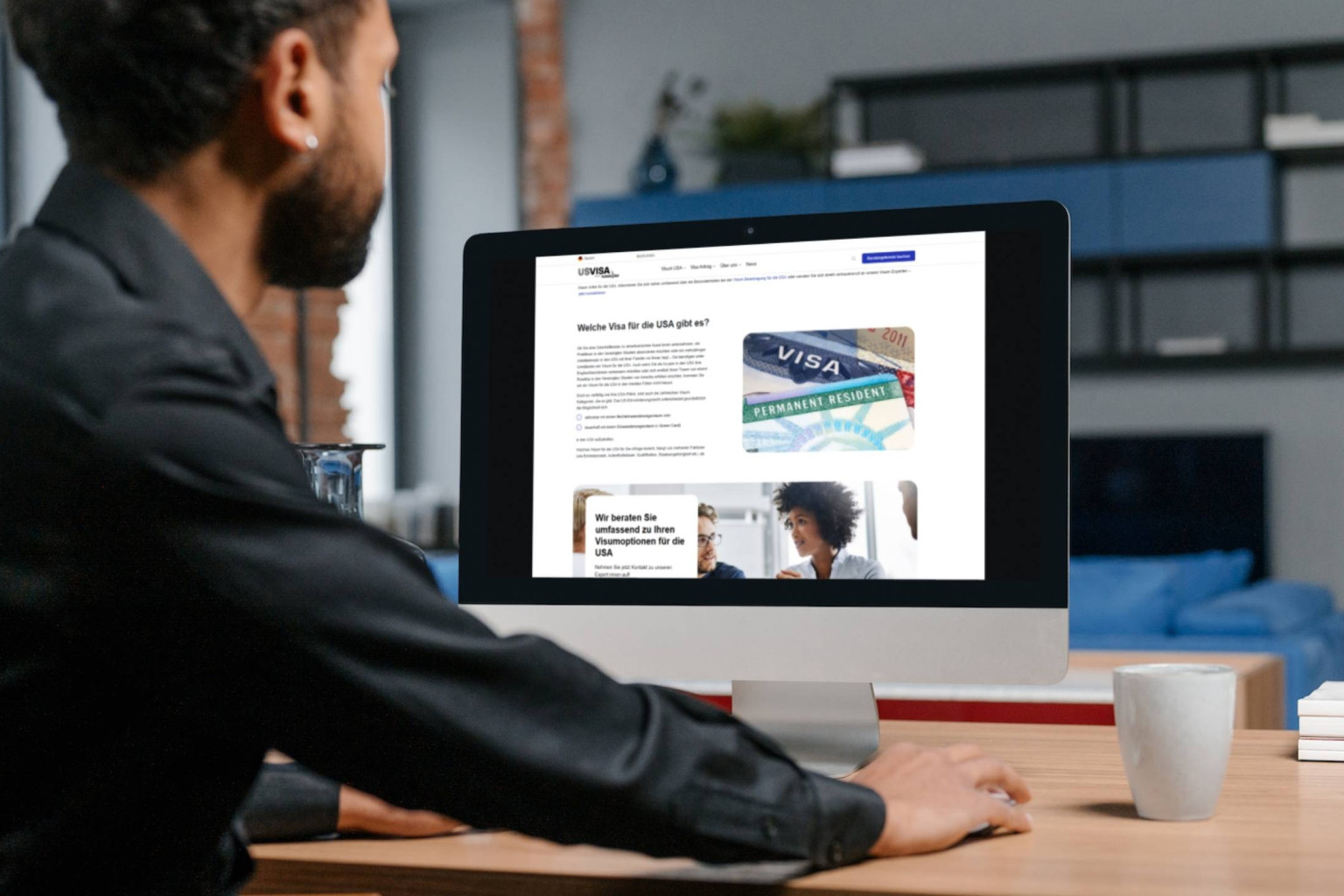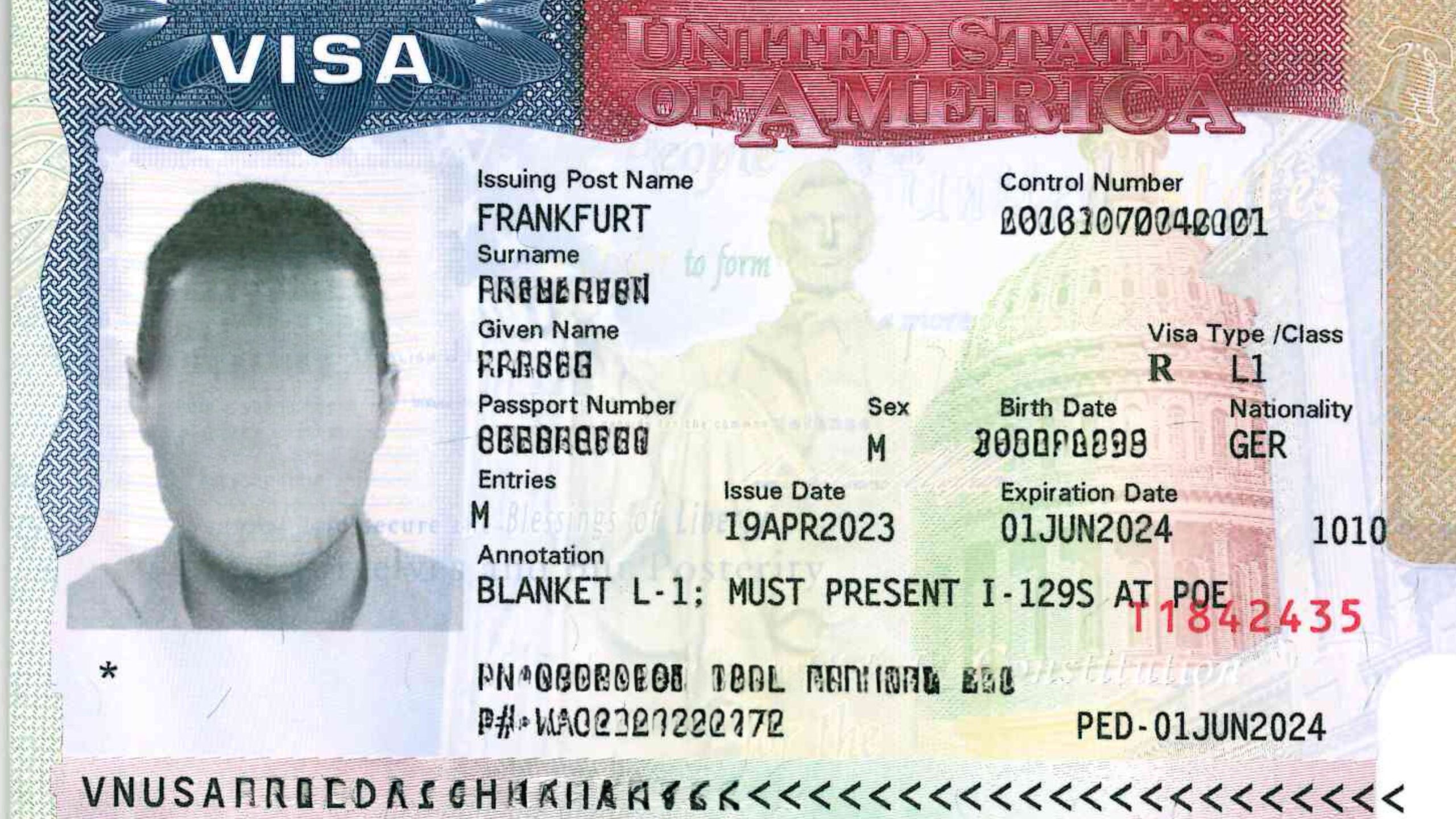The L-blanket visa is a regular US work visa that allows employees to work in the USA for a limited period of time. This must be an internal transfer from the foreign location to the US location. In addition to a classic assignment, this category can also be used by business travelers with a high frequency of entries or assemblers, for example.
Internationally operating companies or corporate group with a high rate of employee transfers to the United States can, under certain conditions, apply for a so-called L-Blanket Petition with the U.S. Citizenship and Immigration Services (USCIS). Once approved, this registration allows all business units or locations worldwide listed in the blanket to use a simplified procedure to apply for L visas for their employees.
Unlike the regular L visa application (where the application submission must always be made in advance through USCIS), the L blanket application can be submitted by employees directly at the local US consulate, e.g., in Germany, during a consular interview appointment.
This eliminates
In addition, the simplified procedure allows employees to be deployed at shorter notice, since the time-consuming advance application phase via US immigration authority USCIS is no longer required.

Companies can qualify for L blanket registration if they meet certain size and employment criteria. One of the following requirements must be met for successful L blanket registration:
This simplified application process is therefore particularly aimed at multinational corporations.
The blanket L petition is submitted to the U.S. Citizenship and Immigration Services (USCIS). Only after approval by the USCIS it is possible to use the simplified application procedure or apply for the L blanket visa.
First of all, it is mandatory that the aforementioned L blanket registration for the group of companies has been granted by the USCIS.
In addition to the existing L blanket registration, the following eligibility requirements for the L visa category must be met:
Freelancers or consultants, for example, do not qualify for the L category.
With an L Blanket registration, you can apply for a visa at the US consulate in your home country instead of having to file a petition with USCIS first, like you do with a regular L visa application.
This has two major advantages: Firstly, employees can be sent or deployed to the United States more quickly and, secondly, more cost-effectively, as the time-consuming initial application phase in the United States is not necessary. As mentioned above, L-blanket visa applications can be submitted directly through the consulate in the home country based on an L-blanket registration, which eliminates the high USCIS fees and additional costs for translations and extensive company documents.
An L-Blanket petition can be submitted to the U.S. Citizenship and Immigration Services in the United States for the entire group of companies. This allows all business units listed in the blanket petition to use the simplified procedure for their employees.
The L-1 visa and the L Blanket visa are closely related, as the L Blanket visa is a special form of the L-1 visa reserved for certain large companies and multinational organizations. Here are the main aspects that explain their dependence and differences:
The L-1 visa is a work visa for managers, executives (L-1A) and employees with specialized knowledge (L-1B) who are being transferred from a foreign location to a US location within a multinational company. The application process for the L-1 visa includes:
The L blanket visa is an accelerated procedure for large companies that regularly transfer employees between international locations. The most important features of the L blanket visa are

The validity of an L-Blanket visa refers to the duration for which a company's blanket petition is approved. This petition allows the company to send qualified employees to the US for a limited period of time. Employees can work in the US without the need for individual petitions for each person or visa application.
Under this regulation, employees with an L-1A or L-1B visa can stay in the US for up to 3 years per entry and have the option of extending this period of stay to a total of up to 5 years (L-1B) or 7 years (L-1A). L-Blanket visas can be extended in 2-year increments.
However, the actual length of stay is determined individually by the US immigration authorities upon each entry and can be extended in accordance with the provisions of the L visa. The exact length of stay is recorded digitally on the I-94 form, which travelers should check after successful entry.
When applying for the L Blanket visa, consular fees of 184.50 € (205 $) apply. In addition, the Fraud Prevention and Detection Fee of 500 $ must be paid for first-time applications.
The payment of the visa processing fee can be made by online bank transfer, online payment by debit card or cash payment at a bank.
As a rule, this fee can be used to make an appointment within one year of the payment date.

In addition to these fees, the following costs may be incurred for certain L blanket applicants:
You can find more information about the different visa fees, other possible costs and the current payment methods on our fees page.
We advise you on the choice of the appropriate visa category and take over the complete processing for you or your company.

The L blanket registration can be applied for in the United States with the U.S. Citizenship and Immigration Services (USCIS) for an entire group of companies. Once the application has been approved by the USCIS, all locations worldwide that are listed in the L blanket can access the simplified procedure for applying for L blanket visas.
Submission of the Blanket Petition (Form I-129)
The company submits the L blanket petition to the USCIS to obtain pre-approval ("blanket approval"), which simplifies subsequent L-1 visa applications for qualified employees. The petition must include information on
Processing time
After receiving the application, the USCIS will decide on the petition (= work permit) within a processing time of several months, depending on the capacity of the responsible USCIS Service Center.
For applications submitted to the USCIS using form I-129 (Petition for a Nonimmigrant Worker), it is possible to shorten the usually long processing times. For an additional fee of 2.805 $, the expedited application can be submitted using form I-907 (Request for Premium Processing Service). The Premium Processing procedure has the advantage that the USCIS guarantees applicants a response within 15, 30, or 45 business days, depending on the application category.
This response usually contains an approval, a request for additional documentation (Request For Evidence, RFE), or a rejection.
In practice, this means that the L-1 process can be completed more quickly and cost-effectively for L blanket registered companies, as the initial application phase in the US is completely eliminated for subsequent L visa applications. L-Blanket visa applications can be submitted directly to US consulates. Applicants must appear in person for an interview at the relevant US consulate (usually that of the employee's home country).
(Usually, L-1 applications are time-consuming and cost-intensive, because they are divided into two application steps: the first step is to apply at the responsible service center of the U.S. immigration authorities with extensive documentation, and the second step is the issuance of the visa by the US consulate.)
The application for an L Blanket visa is made by the US company acting on behalf of the applicant. The application documents cannot be submitted by the applicant him/herself; the official applicant must be a US company.
The procedure for applying for the L blanket visa if the company has an existing L blanket registration consists of the following steps:
Form I-129S (Nonimmigrant Petition Based on Blanket L Petition) is submitted depending on the employee's location:
If the application is approved, the US company will receive a letter of authorization ("Approval Notice I-797") by post. With the Approval Notice, the L-1 visa can now be applied for at the US consulate in your home country.
The online form DS-160 must be completed on the website of the U.S. Department of State. The online application form must contain detailed information about the applicant and the planned stay in the USA. You should have the following documents ready when completing the DS-160 form:
A few days after submitting your DS-160 form, you can check the status of your visa application online.
The professional processing and submission of your DS-160 form is part of our service. We will be happy to help you with the next steps.
Create a visa profile on the website of the visa information service provider. You can now use this to submit your application for the L visa.
Here you can also pay the visa processing fee and make an appointment for the visa interview.
Payment of the application fee: Pay the L-1 visa fee in the amount of 184.50 € (205 $). Payment can be made online or in cash.
Arrangement of the visa interview appointment: Arrange your appointment for the visa interview online via the visa profile.
When using our US Visa Service, we create the required online profile, pay the consular visa fee and arrange the appointment for the personal interview with the US consular officers.
For the interview date for your L Blanket Visa you must apply in person at the US Consulate or at the US Embassy where your documents will be checked and you will be interviewed by the consular officers.
The following documents must be prepared and brought along for the appointment at the US consulate or the US embassy:
Be prepared to answer questions about your visa application, your planned stay in the US and other relevant topics.
As a rule, L visa applicants are informed at the end of their visit to the US consulate or embassy whether or not their visa application will be approved.
Our visa consultants prepare you optimally for this important date and provide you with the necessary documents to make your visa interview as smooth as possible.
If your L visa application is approved, you will receive your passport with the L Blanket visa returned by post or can arrange a pick-up appointment.
The L Blanket Visa contains important identifying information about visa holders and sets forth their rights and restrictions during their stay in the United States.
It is crucial that you check this information carefully and ensure that it matches the requirements of your planned stay in the USA.

Here are some of the dates and details that can be found on a US visa:
US law distinguishes between L-1A visa applications for managers / executives and L-1B visa applications for specialists. Which category is involved depends on the future activity of the employee at the US location (not the current activity).
The boundaries between the individual categories can be quite fluid. It must be decided on a case-by-case basis under which category the L-1 blanket transfer should take place. L-1B applications are generally subject to stricter review. The maximum stay under L-1A status is up to 7 years, L-1B visa holders can stay in the United States for a maximum of 5 years.
For L blanket applications, there is no limit set by the legislator – in contrast to the H-1B visa category. This means that an application can be made at any time and there are always enough visas available.
Global Entry can be used with almost all US visas and even ESTA authorization. If you have a L blanket visa, you can apply for Global Entry membership and enter the United States faster.
Many companies wonder what happens to the company-bound L-1 work visa when visa holders are no longer working for the company.
If the visa holder is dismissed or resigns, the work visa for the USA automatically loses its validity. The derived L-2 visas of any accompanying family members also lose their validity when the employment relationship ends, as these are linked to the visa of the main applicant.
This means that former visa holders may no longer enter the country with an L blanket visa after their employment relationship has ended, even if the work visa is theoretically still valid. If affected visa holders wish to travel to the USA for tourism or business in the future, they must reapply for an ESTA authorization or a corresponding visa, depending on the purpose or depending on what activities are carried out there and for how long.
Practical tip: In order to avoid discrepancies or problems with subsequent entries after the visa has been terminated, it is advisable to inform the US consulate about the new work situation. For this purpose, it is sufficient if the responsible company representative (e.g. HR manager, supervisor, board member, etc.) sends an e-mail to the responsible consulate with the request to invalidate the visa of the former employee. If possible, a copy of the L visa should also be attached. The consulate will then make a corresponding note in the system so that the US officials at the US border are also aware of this.
In some cases, visa holders are even contacted directly by the US consulate with the request to send in the visa so that it can be invalidated. In other cases, the L-1 visa is simply invalidated by the border official the next time you enter the USA.
Our recommendation: By sending a brief notification to the relevant US consulate, companies can protect themselves and, above all, be sure that entry with the previously valid work visa is no longer possible. Don't take any risks and prevent possible abuse with the company-bound L blanket visa.
Wir und unsere Partner nutzen Cookies, um personenbezogene Daten wie z.B. Browsing-Daten zu speichern und abzurufen, um z.B. Inhalte und Werbung bereitzustellen und zu personalisieren sowie die Verwendung der Website zu analysieren und das Benutzererlebnis zu verbessern. Sie erfahren mehr über die Zwecke, für welche wir und unsere Partner Cookies einsetzen, wenn Sie unten auf den Button „Cookie Einstellungen“ klicken. Hier können sämtliche Einstellungen auch geändert werden. Nachträglich kann man jederzeit seine Cookie-Auswahl überdenken oder seine Einwilligung widerrufen, indem man auf den Link zu den Cookie-Einstellungen im Footer unserer Webseite klickt. Beachten Sie bitte, dass das Blockieren einiger Cookie-Typen unsere Möglichkeiten zur Bereitstellung von auf Ihre Interessen zugeschnittenen Inhalten haben kann oder einige Funktionen der Webseite nur eingeschränkt zur Verfügung stehen.
Durch klicken auf “Alle Cookies akzeptieren” stimmen Sie unserer Nutzung und der Weitergabe Ihrer Daten an unsere Partner zu.